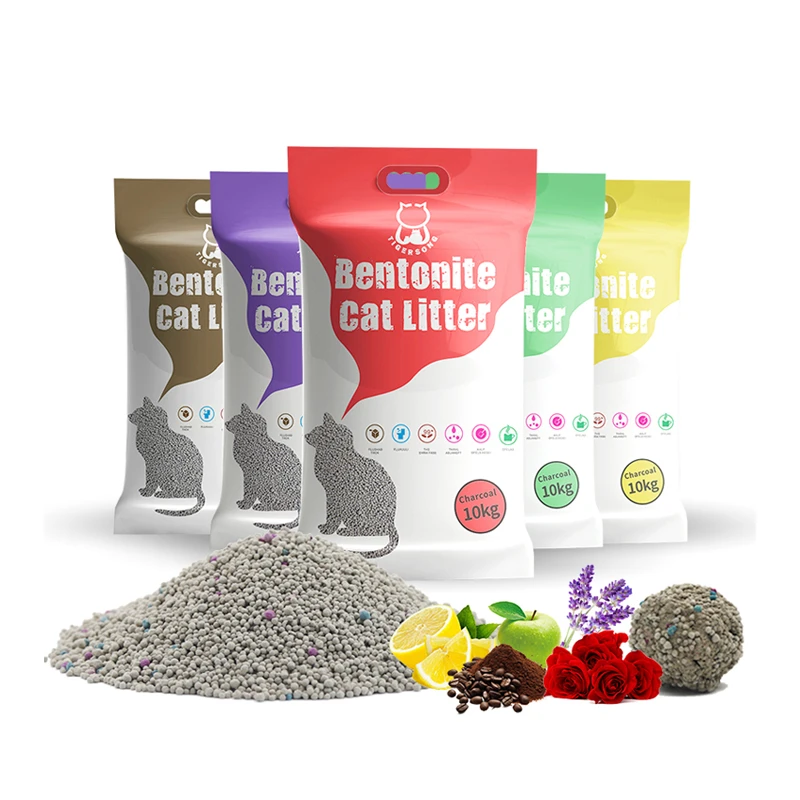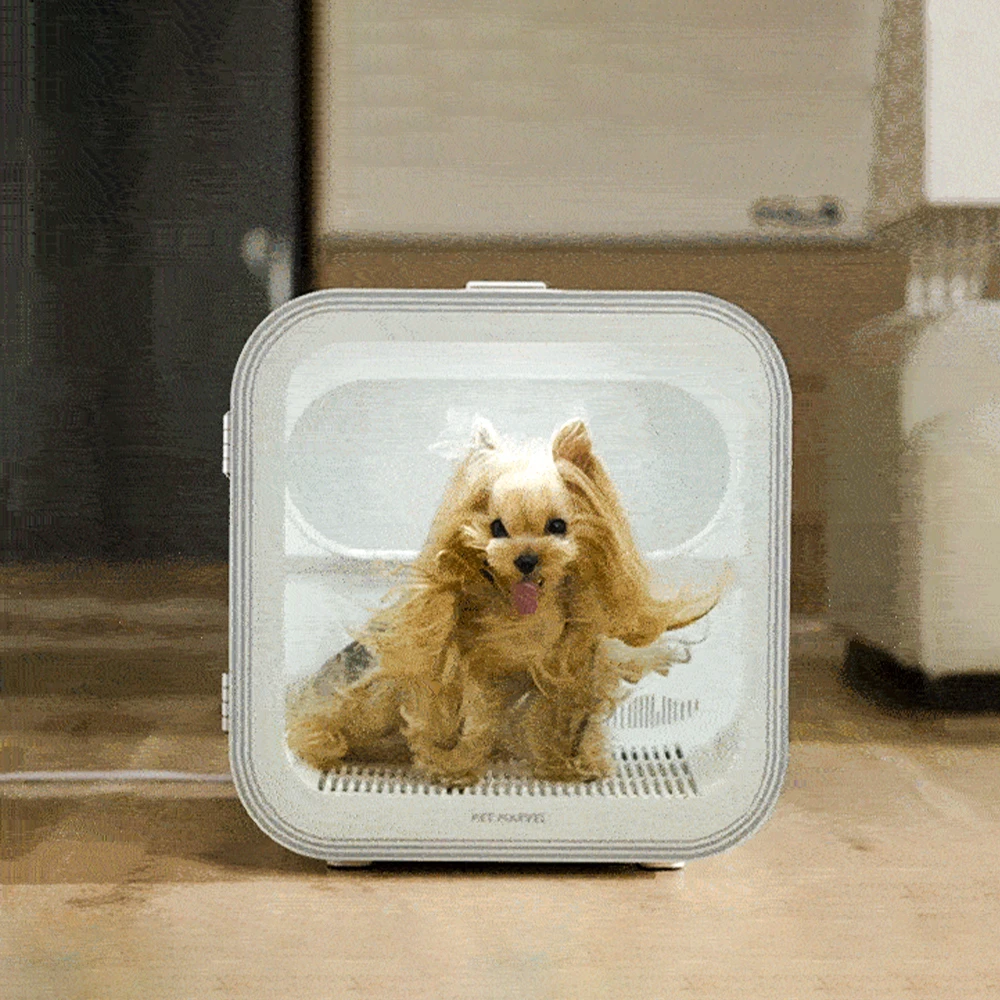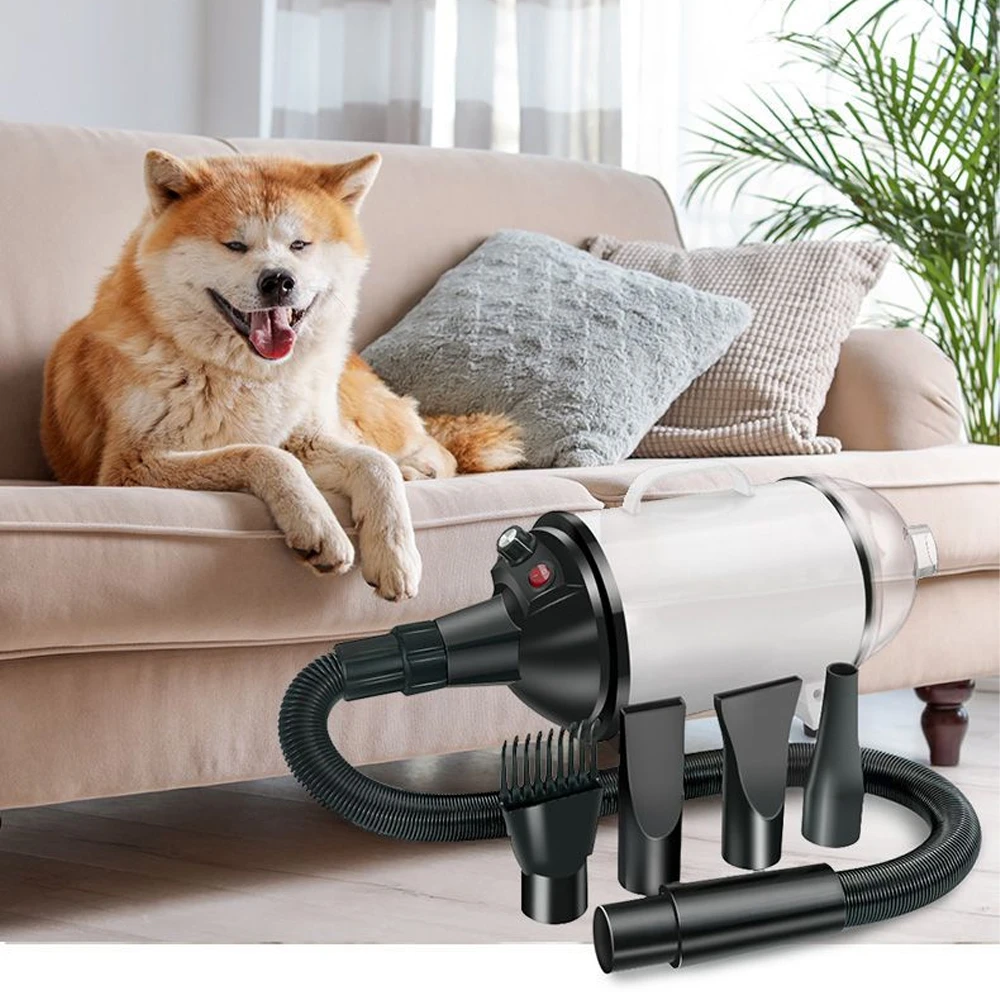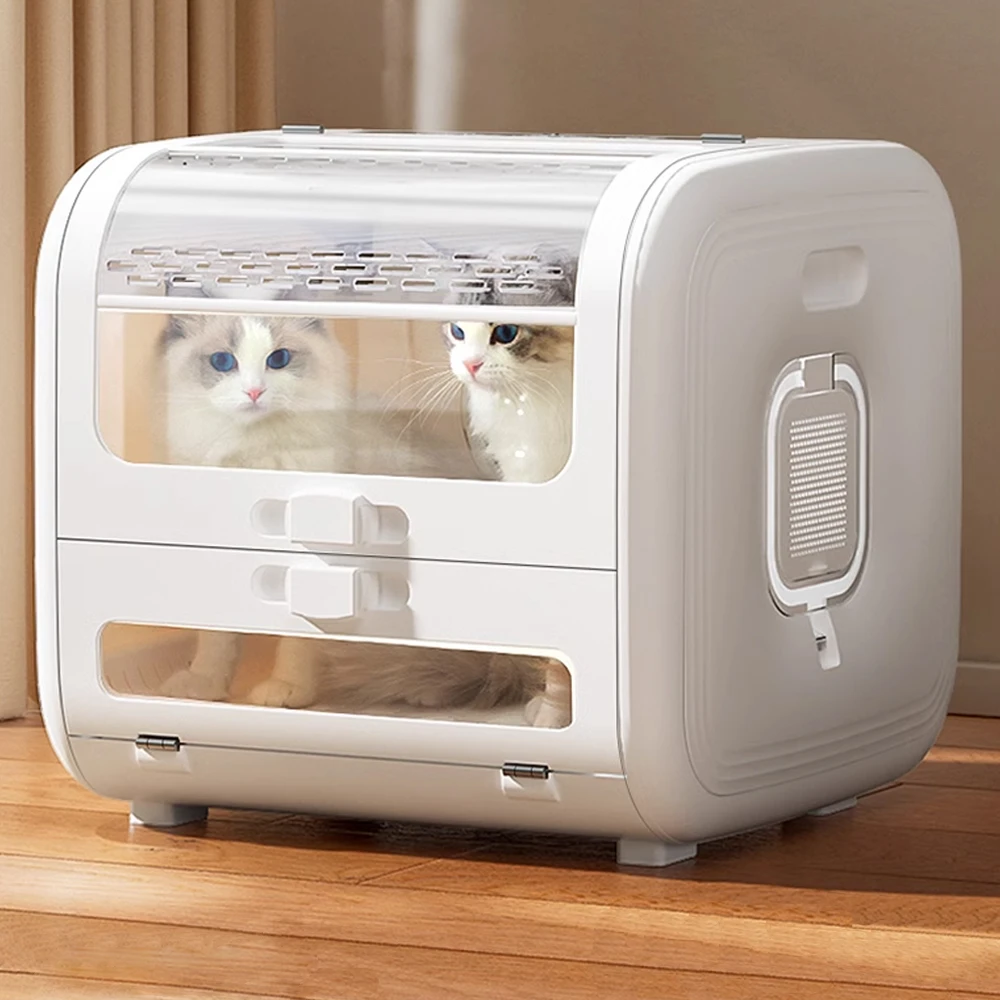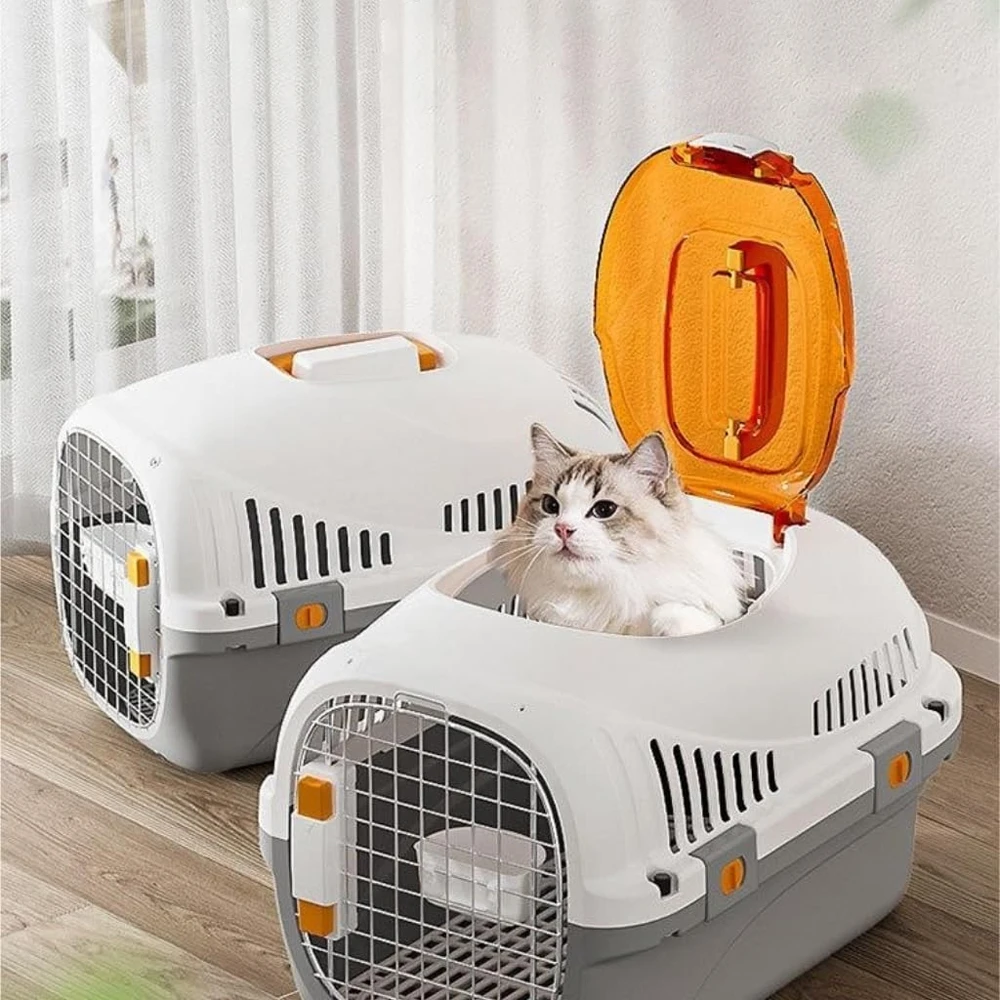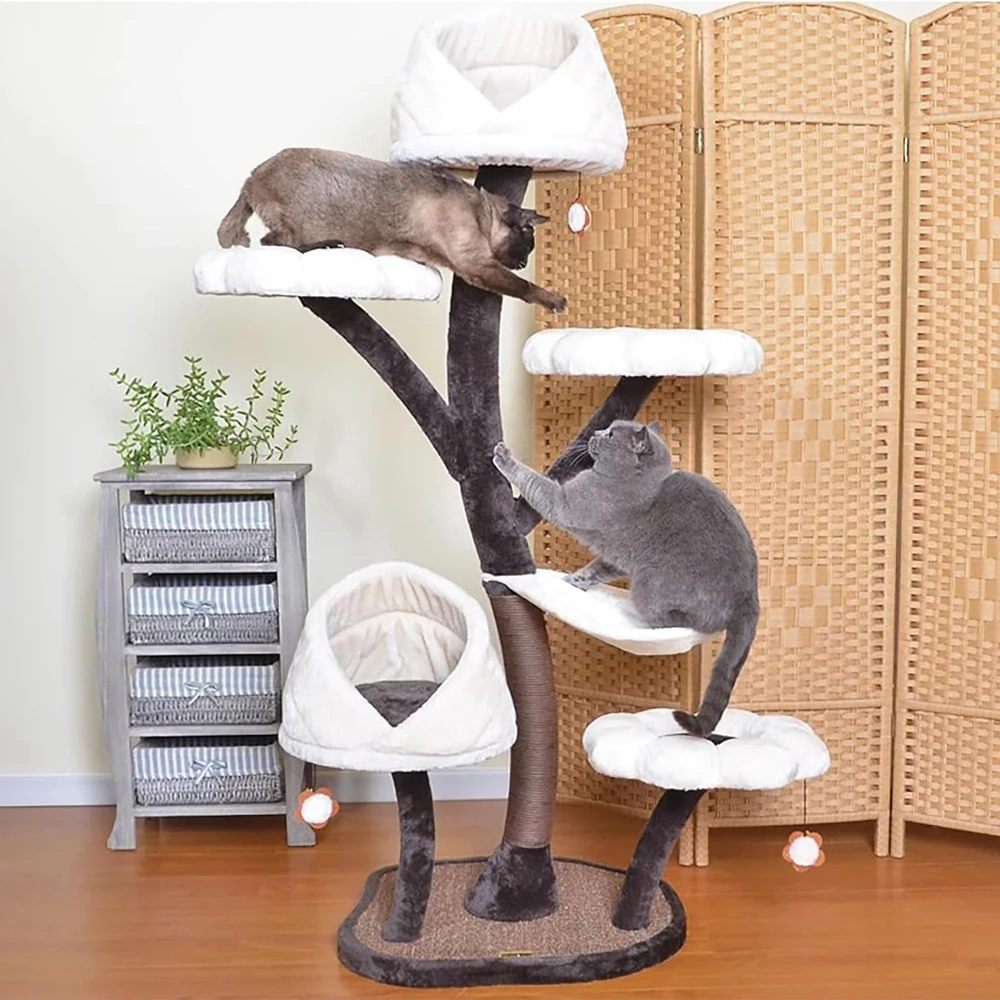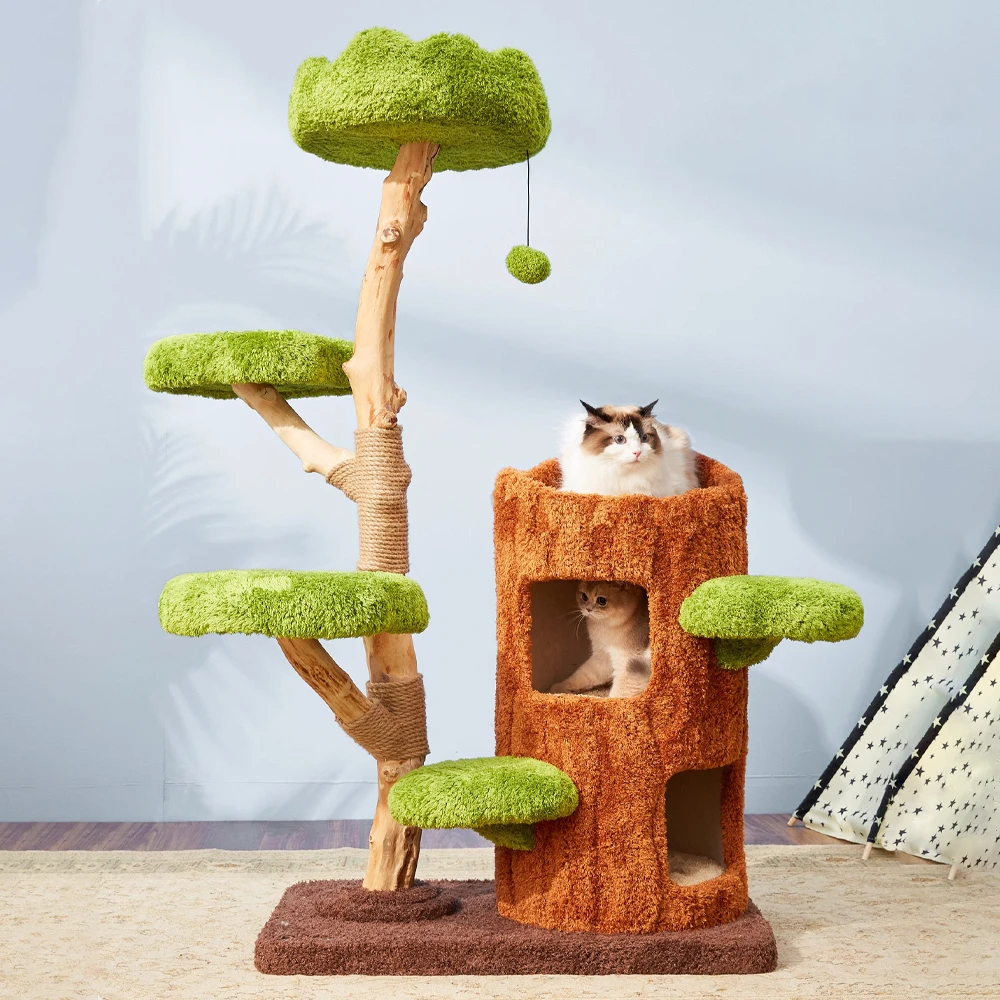Auto Cleaning Kitty Litter Box Effortless & Odor-Free Solution for Cats
Here's a comprehensive overview of what this article covers:
- Fundamental technology behind automatic cleaning systems
- Performance comparison of leading brands and models
- Customization options for different household requirements
- Technical specifications and operational parameters
- Real-world implementation scenarios and case studies
- Integration with smart home ecosystems
- Long-term maintenance and operational considerations
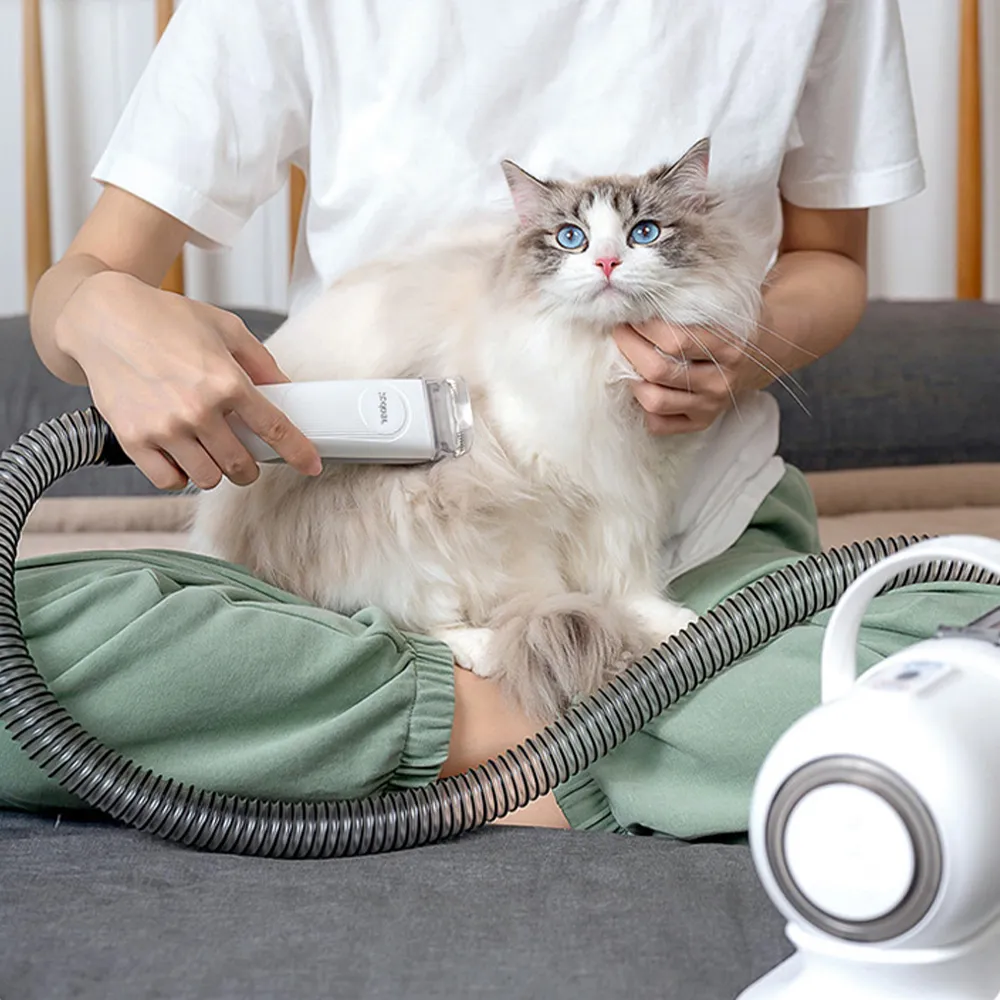
(auto cleaning kitty litter box)
Solving Feline Hygiene Management with Auto Cleaning Solutions
Modern households face persistent challenges in maintaining feline hygiene. Traditional litter boxes require daily maintenance, with 73% of cat owners reporting odor control as their primary frustration. Automatic cleaning systems address these issues through integrated waste management technology. These advanced units feature weight sensors that detect when a cat exits, triggering a rake mechanism that separates waste into a sealed compartment. Premium models include carbon filtration systems capable of reducing airborne particulates by up to 90%, maintaining air quality between emptying cycles that typically span 30 days for single-cat households. The sealed waste containers effectively contain ammonia concentrations below 5ppm – significantly lower than the 15-20ppm found in conventional setups.
Mechanical Engineering Behind Self-Maintaining Systems
At the core of these devices lies a sophisticated mechanical architecture. Motorized rakes operate with 4-8 pounds of force – sufficient for waste removal yet gentle enough to avoid damaging the clumping litter substrate. The cleaning cycle initiates after a programmable delay period (2-15 minutes post-use), allowing proper clumping formation. Gear systems function at noise levels between 35-45dB, quieter than most refrigerator compressors. Advanced models incorporate anti-jamming technology through torque sensors that automatically reverse direction when obstructions are detected, reducing mechanical failures by 62% compared to earlier generations. Vibration-dampening mounts minimize resonance transfer to flooring surfaces, a critical feature for multi-story installations.
| Model | Capacity (cats) | Cycle Duration | Waste Compartment Volume | Power Consumption | App Integration |
|---|---|---|---|---|---|
| Premium Pro | 4 | 4 minutes | 18 liters | 0.8 kWh/week | Full |
| MidRange Smart | 3 | 6 minutes | 13 liters | 1.1 kWh/week | Limited |
| Entry Plus | 2 | 8 minutes | 9 liters | 1.4 kWh/week | None |
| Compact Solo | 1 | 10 minutes | 6 liters | 0.5 kWh/week | None |
Adaptable Solutions for Diverse Living Environments
Manufacturers now offer extensive customization targeting specific household configurations. For multi-cat residences (3+ felines), commercial-grade units with reinforced motors and expanded litter capacity up to 40lbs are available. Apartment dwellers benefit from compact units occupying under 2.5ft² that fit standard closets. Allergen-sensitive households can implement HEPA filtration add-ons reducing particulate matter to less than 0.3 microns. Connectivity packages feature WiFi-enabled monitoring with usage statistics tracking frequency and duration of visits – valuable data detecting early signs of feline health issues. Adjustable entry heights (4-12 inches) accommodate kittens and senior cats alike, while antimicrobial interior coatings inhibit bacterial colonization on high-contact surfaces.
Empirical Results from Field Implementations
Quantitative measurements demonstrate significant advantages. In a six-month study of 200 households, automatic systems reduced direct human-litter interaction by 97%. Odor complaints decreased by 84% with weekly versus daily maintenance requirements. Noise acclimation studies show 92% of cats fully adapt within 3-7 days, significantly faster than adoption rates for covered litter boxes. Commercial applications reveal greater impact: veterinary clinics report 38% reduction in cross-contamination risks and cat boarding facilities save approximately 15 labor-hours weekly. Operational cost analyses show break-even points at 14-18 months compared to conventional litter expenses, with greater savings in multi-cat environments.
Operational Metrics and Performance Thresholds
Automatic systems operate within specific technical parameters for optimal performance. Minimum weight detection thresholds range from 3.5-8 pounds depending on model specifications. Litter compatibility is critical, with silica gel crystals providing absorption rates of 200% their weight versus 50-70% for clay alternatives. Drawer sensors typically register fullness at 70-85% capacity to prevent overflows. Maintenance protocols involve quarterly motor inspections and annual gearbox lubrication. Error detection systems monitor 15-30 operational parameters including torque variance, cycle completion timing, and sensor calibration. Most premium units operate effectively between 50-95°F with humidity tolerance up to 85% RH.
Synergy with Residential Technology Ecosystems
Modern units feature integration capabilities extending beyond basic operation. Platform APIs permit synchronization with smart home ecosystems where cleaning cycles automatically pause during scheduled vacuum robot operation. Maintenance reminders synchronize with digital calendars with 94% compliance improvement versus manual tracking. Advanced diagnostics transmit operational data directly to manufacturer support teams, reducing troubleshooting resolution time by 60%. Security protocols encrypt all transmitted data, while local network options maintain functionality during internet outages through Zigbee or Z-Wave protocols.
Operational Advancements in Feline Waste Management Systems
These solutions represent fundamental improvements in managing companion animal hygiene. The technological progression enables households to eliminate direct waste contact while enhancing feline welfare through consistent cleanliness. Performance analytics demonstrate measurable advantages across odor control, time savings, and health metrics that justify implementation costs. Forward development focuses on biodegradable waste cartridges and enhanced material durability promising product lifespans exceeding seven years. As 92% of adopters report they wouldn't revert to conventional solutions, the auto cleaning kitty litter box
category continues transforming from luxury innovation to essential feline care equipment. Manufacturers forecast 19% annual market expansion through 2028 as awareness of operational benefits grows and production efficiencies reduce consumer pricing thresholds.
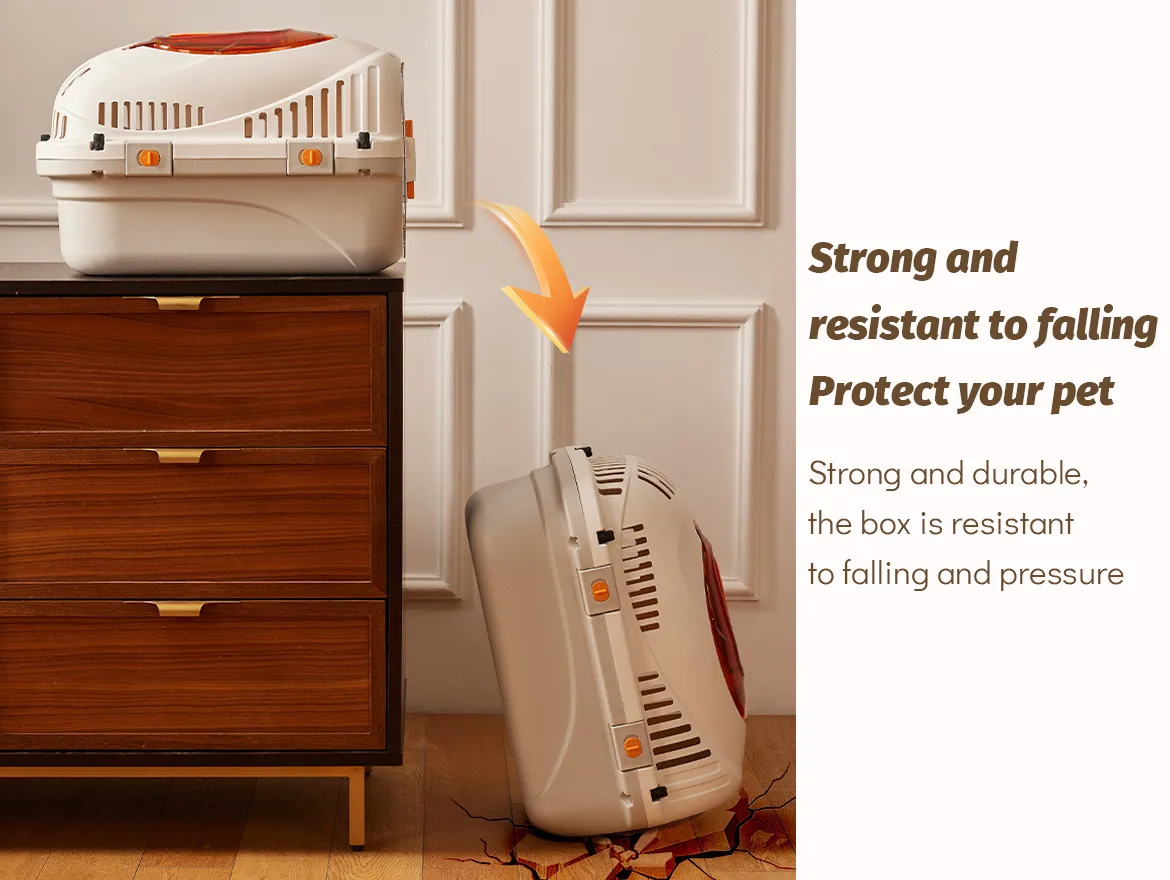
(auto cleaning kitty litter box)
FAQS on auto cleaning kitty litter box
Q: How does an auto cleaning kitty litter box work?
A: An auto cleaning kitty litter box uses sensors or timers to detect when your cat exits, then automatically rakes or sifts waste into a sealed compartment. This eliminates manual scooping and keeps the litter fresh. Most models require compatible clumping litter for optimal performance.
Q: Is an auto kitty litter box safe for cats?
A: Yes, modern auto kitty litter boxes are designed with safety features like motion sensors to pause cleaning when a cat is nearby. Start by introducing the device gradually to reduce your cat’s anxiety. Always follow the manufacturer’s guidelines for setup and monitoring.
Q: How often do I need to empty an auto kitty litter cleaner?
A: Most auto kitty litter cleaners store waste in a disposable tray or bag, which typically needs emptying every 3-7 days, depending on usage. Some models include indicators to alert you when it’s full. Regular maintenance ensures odor control and optimal function.
Q: Can multiple cats use one auto cleaning litter box?
A: Yes, but it depends on the model’s capacity and cycle frequency. For households with 2-3 cats, choose a high-capacity unit with frequent cleaning cycles. Overloading may cause malfunctions or odor buildup, so check the product’s specifications before purchasing.
Q: What’s the difference between an auto kitty litter box and a traditional one?
A: An auto kitty litter box automates waste removal, reducing daily scooping and odor exposure. Traditional boxes require manual cleaning and offer no automation. Auto models are typically more expensive upfront but save time and effort long-term.
Products Categories
Latest News
-
Top Picks for Pet Transport Boxes and Containers
NewsApr.03,2025 -
Top Picks for Luxurious Pets Transportbox and Cat Carrier Solutions
NewsApr.03,2025 -
The Ultimate Guide to IATA Approved Crates for Traveling with Pets
NewsApr.03,2025 -
The Complete Guide to Wholesale Pet Strollers and Affordable Options
NewsApr.03,2025 -
The Complete Guide to Double Decker Pet Strollers for Sale
NewsApr.03,2025 -
The Best Collapsible Pet Carriers for Modern Pet Owners
NewsApr.03,2025 -
The Ultimate Guide to Choosing the Perfect Cat Tree for Large Cats
NewsMar.14,2025











